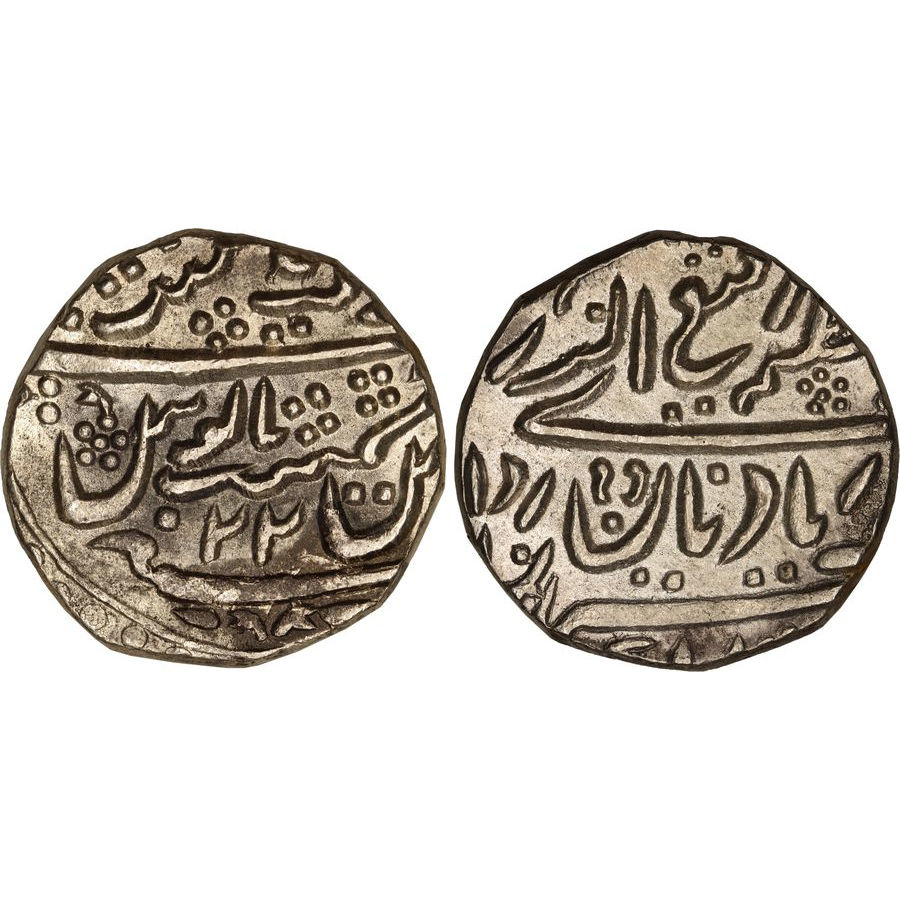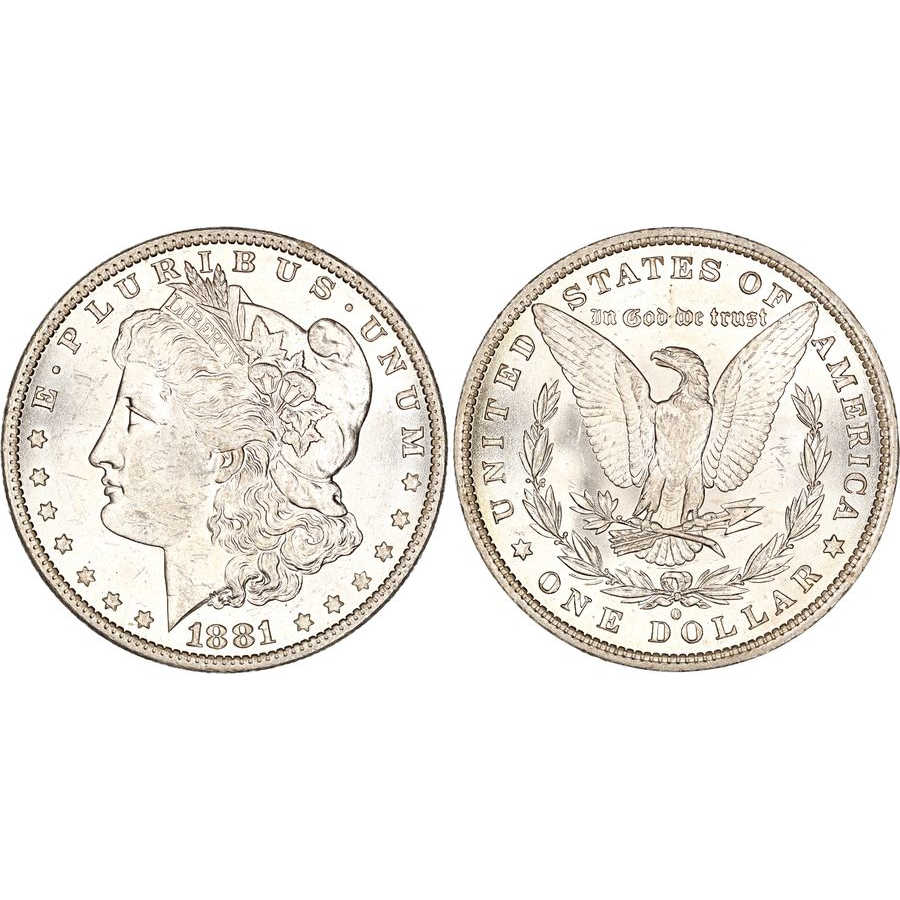Description
Caesar Traianus Hadrianus, Roman Emperor of the Nerva-Antonine Dynasty 117-138 AD, Silver Denarius (3.17g, 18mm), Travelling Series – Restitutor type, ‘Restorer of Gaul’, Rome mint 130-133 AD. Obverse: Laureate head of Hadrian facing to the right, legend surrounds, “HADRIANVS AVG COS III PP”. Reverse: Hadrian stands on the left, togate, raising up Gallia, draped in stola, who kneels before the emperor, legend surrounds, “RESTITVTORI GALLIAE”. RIC-324; RSC-1257; Sear-3534. Well centred on a nice round flan, lightly toned and of a highly collected series, Very Fine and moderately scarce.
Gallia is a broad term for the land encompassing modern-day France and is the name given to the later Roman provinces of which the area was divided. At the beginning of the 4th century BC, many Gallic tribes, Celts “who had their homes beyond the Alps”, invaded northern Italy and settled in the area. Amongst these were the Senones, a Gallic tribe that would engage the Roman Republic at the Battle of the Allia circa 390 BC – led by their Chieftain Brennus, the Senones defeated the Romans and moved south to sack and occupy the city of Rome, the only time the ancestral capital was occupied by a foreign force in 800 years before the its fall to the Visigoths in 410 AD. Thus, Roman opinion of the Gallic tribes to their north was of fear and respect, an undertone for the following centuries of conflict and conquest. Expansion north out of Ī̆talia began in the 3rd century BC after the defeat of the Samnite, Celtic and Etruscan alliance, beginning the end of Celtic domination in mainland Europe. The area in the north of modern-day Italy was annexed as Gallia Cisalpīna, ‘Cisalpine Gaul’, and was further divided into Gallia Cispadana and Gallia Trānspadāna, Gaul ‘before and across the River Po’, and although initially named ‘Gallia’, it would be geographically incorporated into Prōvincia Ī̆talia in 42 BC. In the late 2nd century BC, Roman influence into Gaul furthered with trade and an alliance with the Greek colony Massalia as well as several military victories against the Allobroges and Averni in 122 and 121 BC, annexing southern Gaul as Gallia trānsalpīnā, distinguishing itself from Gallia Cisalpīna to its east. With greater control of the area and a strong alliance with Massalia, the Romans founded the city of colonia Narbō Mārtius, a new provincial capital, and built the Via Domitia and Via Aquītānia, the first Roman roads in Gaul. Colonia Narbō Mārtius, ‘Colony Narbo, sacred to Mars’, became the etymological inspiration for renaming the province into Prōvincia Gallia Narbōnēnsis. Most of Gaul remained under independent rule until the rise of the Roman general and statesman Gāius Iūlius Caesar, beginning his famous Gallic Wars in 58 BC which saw the systematic conquering of the rest of modern-day France as Gaul Comātā, ‘long-haired Gaul’ or ‘free Gaul’. After 22 BC, now the Principate, Gaul Comātā was divided into three provinces: Prōvincia Gallia Aquītānia in the west which bordered Prōvincia Hispānia Tarracōnēnsis, the Prōvincia Gallia Belgica to the far north east, and thirdly Prōvincia Gallia Lugdūnēnsis which bordered the Ōceanus Britannicus (English Channel) to the north.
After departing from Britannia, Hadrian passed through Germania and Gaul in 122 AD, stopping briefly at Nemausus before continuing onto Tarraco, the capital of Prōvincia Hispānia Tarracōnēnsis, where he spent the winter of 122-123 AD. Although translated as “Restorer of Gaul” on the reverse, there was no specific event in which Hadrian ‘restored’ any of the provinces through military conflict or otherwise.. The reverse legend is more likely indicative of, much like what is implied with his regular ‘Province personification’ types, that Hadrian was demonstrating benevolence to the people of the provinces, “extending over his subjects a protecting hand, raising them as one helps fallen men on their feet” (Aelius Aristides). The ‘GERMANIA’ and ‘RESTITVTORI GALLIAE’ issues could be considered Part I, ‘Britannia and the West’, of his travelling series.
The obverse Latin legend reads “Hadriānus Augustus, cōnsulāritās tertium, Pater Patriae”, with an English translation of “Hadrianus Augustus, honoured with the office of Consul for a third term, Father of the Nation”. The reverse Latin legend reads “Restitūtori Galliae”, with an English translation of “Restorer of Gaul”.






